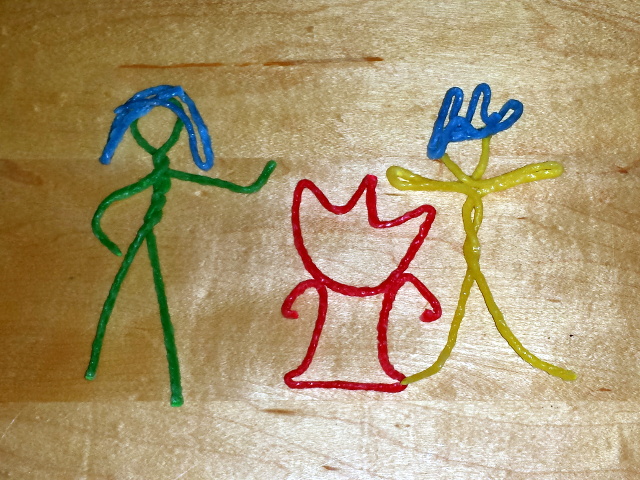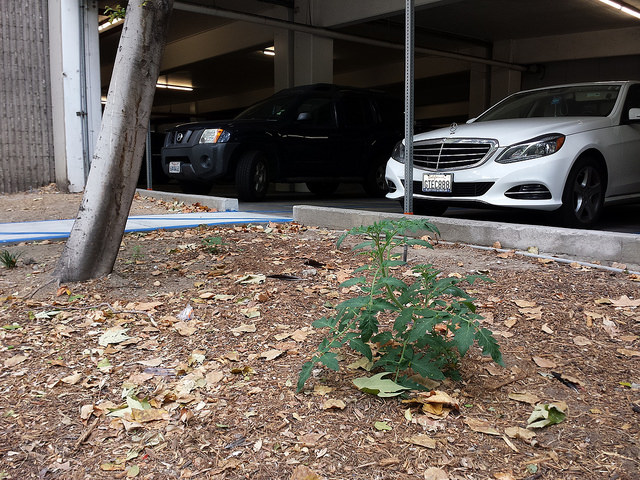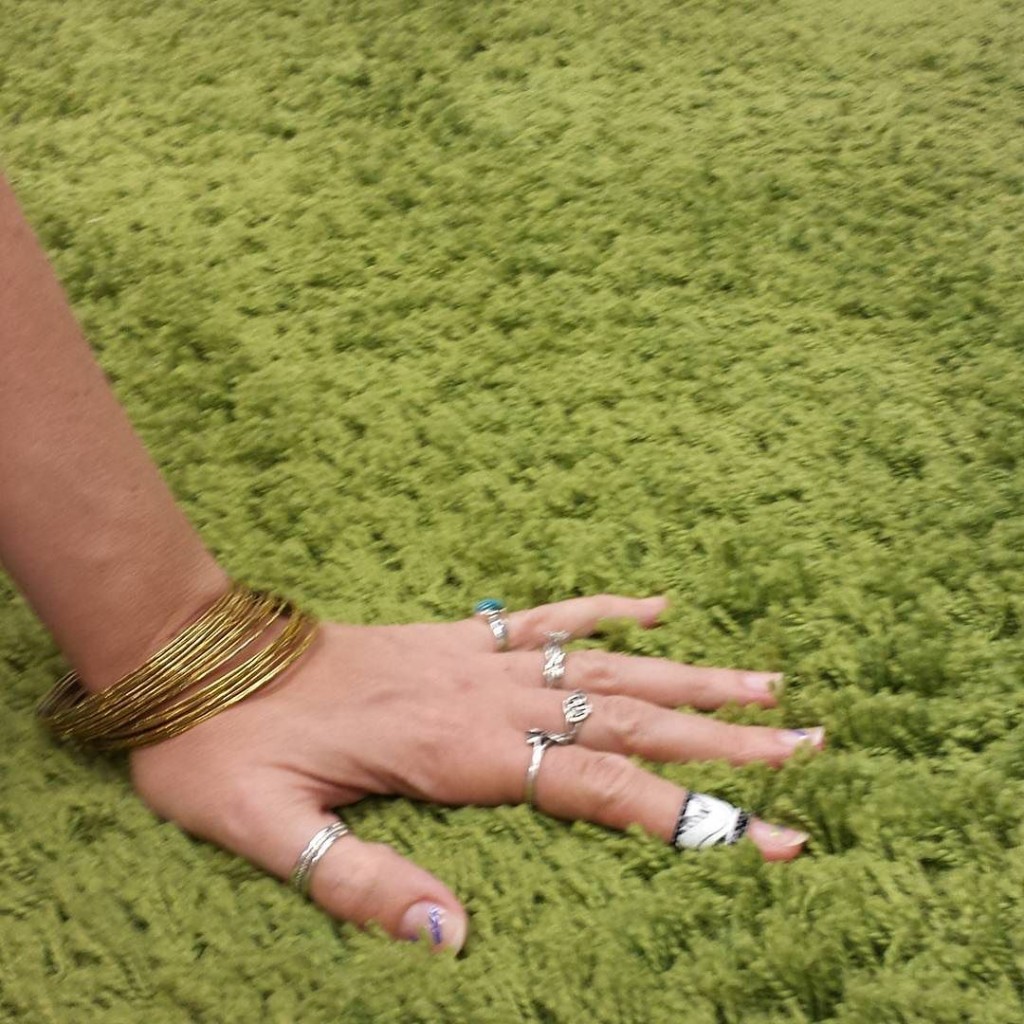
I’m not sure how I feel about these Wikki Sticks creations….

I’m not sure how I feel about these Wikki Sticks creations….
 Christmas strikes deeper into Halloween’s territory, continuing a relentless campaign that began decades ago in response to a 1993 incursion from Halloween Town.
Christmas strikes deeper into Halloween’s territory, continuing a relentless campaign that began decades ago in response to a 1993 incursion from Halloween Town.
In recent years, Halloween has shored up its position by moving into previously unclaimed parts of the calendar in early October and September, itself running roughshod over tentative efforts by Oktoberfest to establish a foothold. Growth of adult Halloween parties with free-flowing alcohol have ensured that Oktoberfest can only offer one advantage over Halloween: Lederhosen. And you can wear those on Halloween too.
Clouds and timing squashed the “supermoon” and “blood moon” effects here, but it was still the most unusual lunar eclipse I’ve experienced.
Usually I’ll stay up late or get up early and go outside to watch the eclipse by myself. Last year I took my then-three-year-old son out to watch an eclipse around midnight.
Tonight’s eclipse got underway before local moonrise, and I wanted to see it as soon as possible. So J. (now four and a half) and I went out to an intersection in a residential neighborhood near the top of a hill with a clear view of the eastern horizon. We arrived at sunset, and two other people were looking eastward: a woman with a camera and full tripod, and a man with binoculars. The four of us all set up on a triangular traffic island on the northern side of the intersection.
Flat layers of clouds streaked the sky, and we worried that there might not be much to see at all, but it was only a few minutes before a slightly-off crescent moon rose due east of us, right in line with the street. Continue reading
Finally put together a before-and-after shot!
On the right: May in Madrona Marsh, after winter and spring rains filled up the low-lying areas of the preserve.
On the left: Late August in the same spot, after summer had dried up the pools. Despite the drought, and helped along by a couple of freak summer storms, the ground is still holding onto enough moisture that the floor of the vernal pool is covered with low greenery instead of dry grass.
I know, it’s always better to put “before” on the left, and I tried it with that layout, but it ended up looking better this way.
We’ve been joking about feral tomatoes for years, but recently I’ve started observing them in the wild.
So to speak.
Sometime last spring, a tomato must have been dropped in the planter next to the parking structure near work. One of the seeds sprouted, and that plant somehow survived all the remodeling and landscaping.

By June it was growing its own tomatoes. In fact, it was growing more tomatoes than the plants in our garden. Continue reading

Wow. IKEA is selling avocado green shag carpet. In 2015.
Now *that’s* a flashback!
Interesting point on phone battery life in Wired’s article on the Google Nexus line:
One and a half days doesn’t matter….In the morning you want your battery to look 100 percent when you leave for the day. So either somebody solves it for a week battery, or you have to give reliably one solid day of battery.